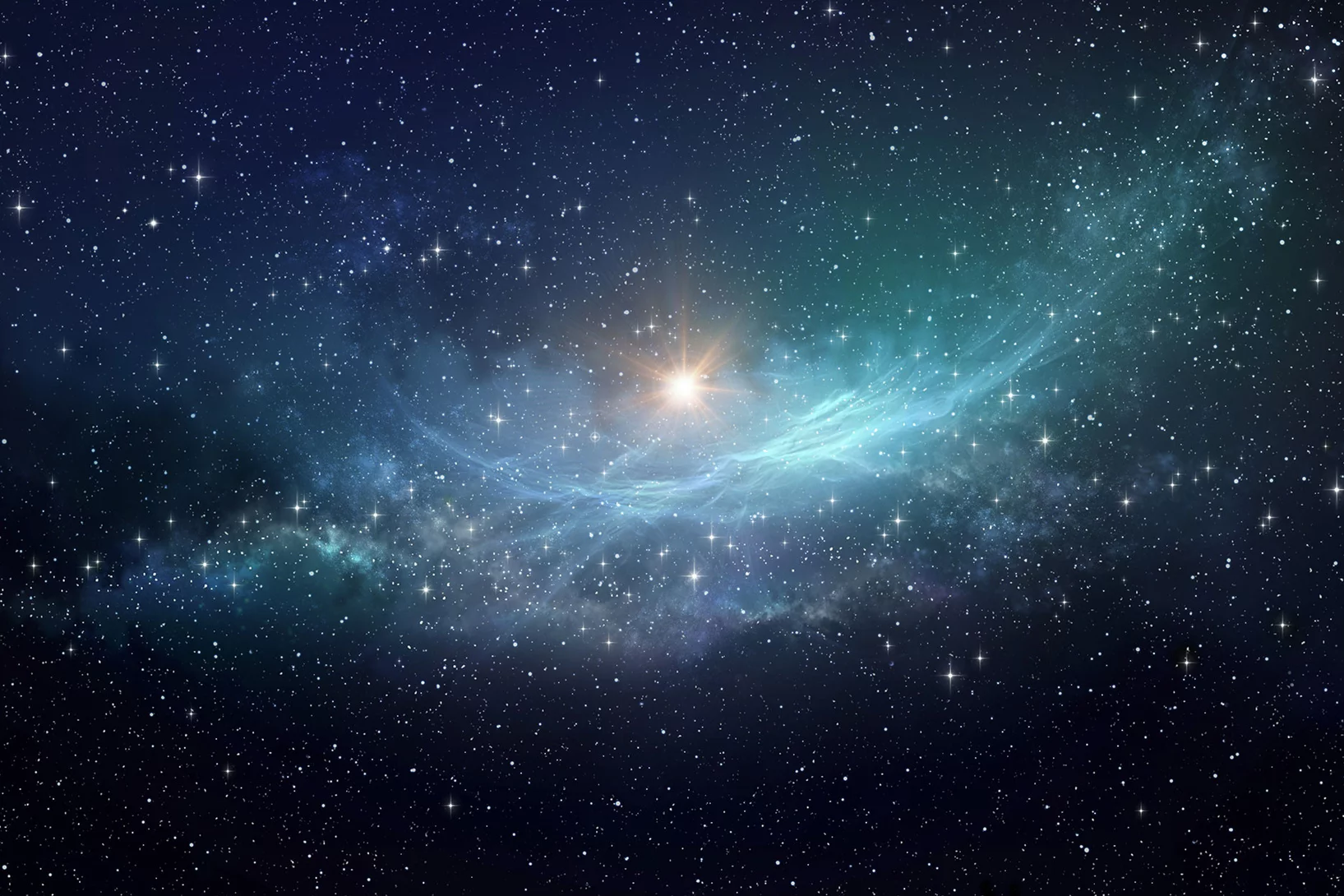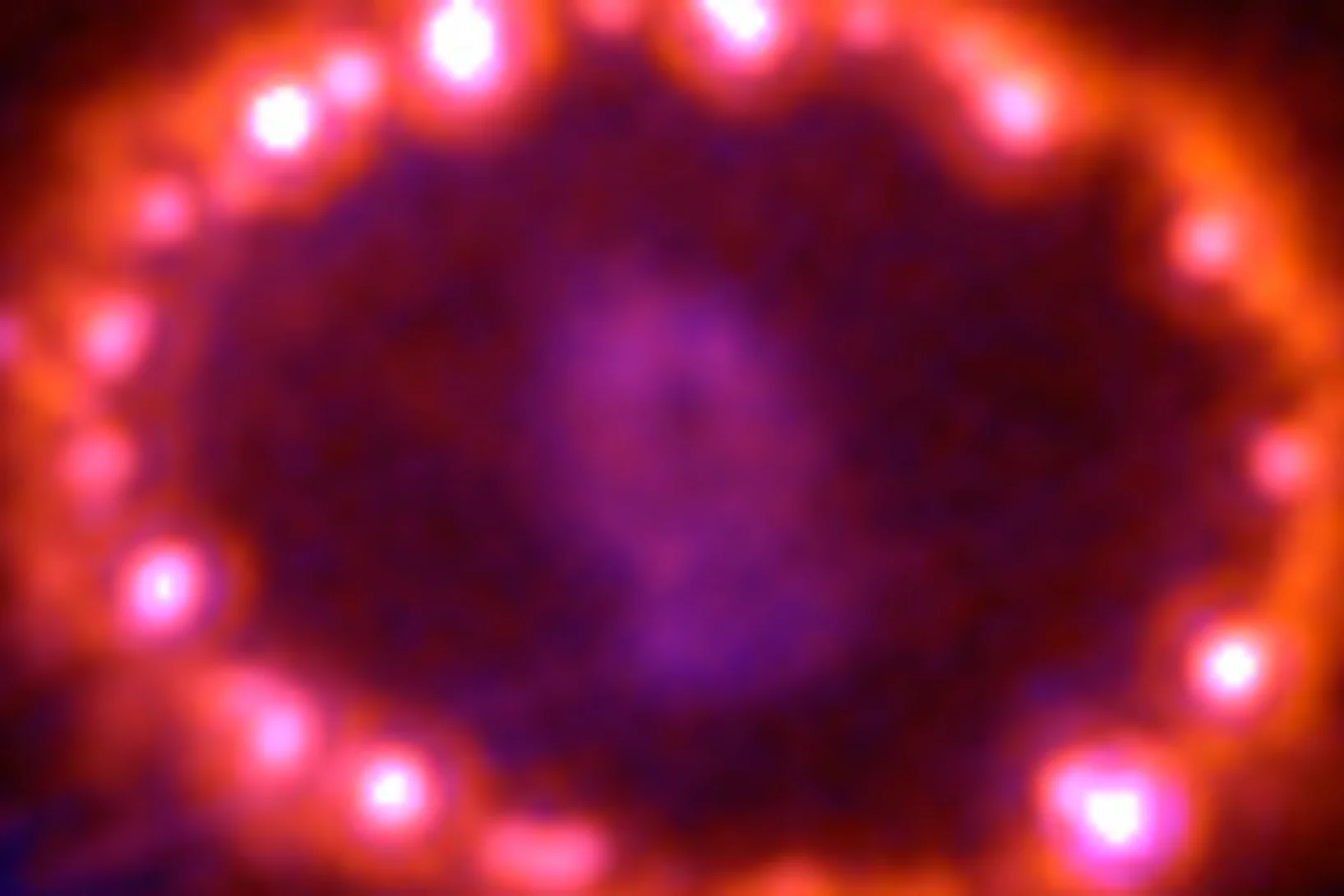Show filters
ESA Centre of Excellence opens in Switzerland
The opening ceremony of the “European Space Deep-Tech Innovation Centre” ESDI brought together distinguished guests.
ESA comes to Switzerland
The signing of a contract between the European Space Agency ESA and PSI marks the start of the European Space Deep-Tech Innovation Centre ESDI.
“Magic” element challenges current model of nucleosynthesis
Surprising measurements lead to the discovery of an unknown process.
Uniquely precise: New value for the half-life of samarium-146
Researchers at PSI and the Australian National University have re-determined the half-life of samarium-146 with great precision.
How football-shaped molecules occur in the universe
An international research team reveals how fullerene is formed in the universe.
To the sun and beyond
PSI takes part in space research projects. This not only expands knowledge about our astronomical home, but also reinforces Switzerland's reputation as a reliable developer of sophisticated space equipment.
Measurement of five flashes from the depths of the universe
A PSI-developed detector called POLAR has collected data on so-called gamma-ray bursts from a space station. This is now helping to better understand these extremely high-energy flashes of light.
Hitching a ride to gamma-ray bursts
Researchers at the PSI have developed a detector called POLAR. It is designed to search out and investigate extreme eruptions of energy from the depths of the universe. This coming September, POLAR will be launched into orbit with a Chinese space mission.
Astral matter from the Paul Scherrer Institute
Processes in stars recreated with isotopes from PSIIsotopes that otherwise only naturally exist in exploding stars à supernovae à are formed at the Paul Scherrer Institute’s research facilities. This enables processes that take place inside the stars to be recreated in the lab. For instance, an international team of researchers used the titanium isotope Ti-44 to study one such process at CERN in Geneva. In doing so, it became evident that it is less effective than was previously believed and the previous theoretical calculations of processes in stars need to be corrected.
Paul Scherrer Institut-Technologie an Bord eines neuen Navigationssatelliten
Erste Ergebnisse werden schon im Juni erwartet. Am vergangenen 27. April 2008 wurde GIOVE-B, der zweite Testsatellit des europäischen Navigationssystems GALILEO, auf seinen Orbit gebracht. Durch den Van-Allen-Gürtel und rund 23 200 km über der Erdoberfläche zieht GIOVE-B seine Kreise durch eine Region der irdischen Magnetosphäre, die permanent unter Beschuss durch einen intensiven Schauer hochenergetischer Strahlung steht. Ein am Paul Scherrer Institut (PSI) entwickeltes und getestetes System zur Strahlungsüberwachung sammelt wertvolle Daten über das Weltraumwetter und sorgt zugleich für den sicheren Betrieb der Bordinstrumente.This news release is only available in German.










